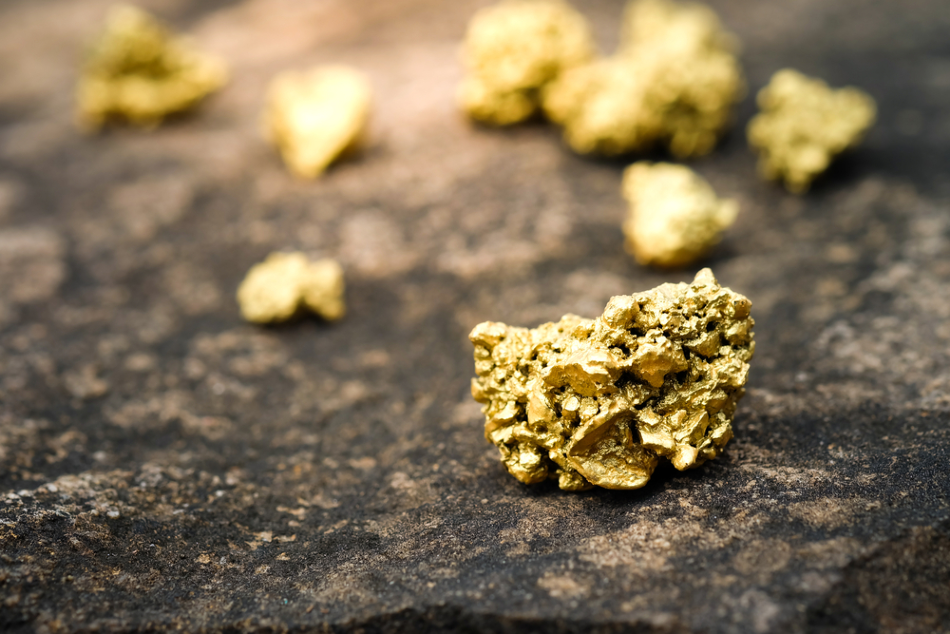Aug 11 2020
Goliath Resources Ltd. reports that it has obtained final TSX.V approval and finalized the acquisition of six major mineral claim blocks (or the Claims) including a total of 391 mineral claims for 340 km2, which are now under Goliath’s Nelligan West and Nelligan East Projects (or the Nelligan Projects).

Image Credit: Phawat/Shutterstock.com
The Nelligan Projects are situated in the northeastern Chibougamau-Chapais Mining Camp (or the Camp) of the Abitibi Greenstone Belt (AGB).
The Region is famous for its historic copper and gold production. Recently, it has evidenced a rise in exploration for minerals after the finding of new gold mineralization, for example, IAMGOLD/TomaGold with the Monster Lake (1.11 million tonnes grading 12.14 g/t gold for 433,000 ounces of gold; IAMGOLD, 2018) and IAMGOLD/Vanstar with the Nelligan gold deposits.
The Nelligan Projects—the Geology and Exploration Model
The Nelligan Projects are situated in two tactical areas of the Region close to previous producing mines, as well as current and historic gold and/or gold-copper occurrences and mineral resources.
Assessment reports from mineral exploration and statistics point toward a total gold production of 200 million ounces from the 80,000 km2 area in the AGB of Quebec and Ontario. A major portion of the gold exists within quartz veins or “Lode Gold Deposits” in various significant mining camps from the early 1900s, including the Camp.
Examples for bulk mineable lower-grade gold deposits being mined from the AGB at present include the Canadian-Malartic and Detour Lake Superpits. The focus of Goliath’s acquisitions was along two historic gold trends located in the Camp: the Nelligan and the Joe Mann trends.
The western boundary Nelligan East Project is situated 8 km to the east of the Joe Mann Mine, which was functional between 1956 and 2007. In total, 4.4 million tonnes of ore was produced from the underground operation grading 5 g/t silver for 607,000 ounces of silver, 8.26 g/t gold for 1.17 million ounces of gold, and 0.25% copper for 28.7 million pounds of copper (Doré Copper Mining, 2020).
The Nelligan West Project is situated toward the western end of the Nelligan trend, about 30 km from the Nelligan Gold Deposit, which hosts Inferred Mineral Resources of 97.0 million tonnes grading 1.02 g/t Au (for 3.2 million ounces of gold) (IAMGOLD, 2019).
The Camp exhibits east-west trending mafic volcanics or basalts, sedimentary rocks, felsic volcanics or volcaniclastics and pyroclastics, and significant intrusive complexes. All these intersected by gabbro sills and dykes. The gabbros and sedimentary rocks host the Nelligan-style of mineralization—one of the promising targets on the Nelligan Projects.
Significant faults intrude all rock types and include four groups depending on their direction: north-northeast, northeast, southeast, and east-west trending faults. The Nelligan Projects are divided by the east-west trending Guercheville Fault or Deformation Zone, together with its subsidiary faults.
The Guercheville is analogous to the Destor-Porcupine and Larder-Cadillac Deformation Zone, where a significant portion of the gold mineralization exists in the Abitibi Greenstone Belt’s southern portion. It extends up to 1 km wide and is exhibits shearing and carbonate-sericite-rich alteration.
Gold occurs at the Nelligan Gold Deposit in a range of subparallel alteration zones, which extend up to 200 m wide and include iron carbonate, silica, iron oxide as hematite, potassium and sodium feldspars, and up to 30% pyrite in the form of disseminations and semi-massive lenses with minor chalcopyrite.
It is rare to find visible gold, which usually occurs along with quartz-carbonate veinlets or between pyrite grains. At the Joe Mann Mine, the gold mineralization occurs in sulfide-bearing quartz veins and has been mined to a vertical depth of −1,200 m across a 2-km strike length—the second prospective target on the Nelligan Projects.
The focus of Goliath’s exploration work will be on mineralization of the disseminated and vein style for both 5–15 g/t gold in a more selective underground mineable scenario and 1–1.5 g/t gold in a bulk mineable scenario.
A point to be noted here is that the gold mineralization referenced above and hosted on adjacent projects does not essentially indicate the mineralization hosted on the Claims.
2020 Exploration Program
Goliath anticipates that it can commence the Stage 1 program in the third quarter of 2020, which will include a digital compilation and synthesis of all the historic exploration on the Nelligan Projects, field reconnaissance work, and prospecting, including rock sampling.
Stage 2 of the program could be conducted as early as the fourth quarter of 2020 on any new gold targets produced and may include ground and/or airborne geophysical surveys and diamond drilling.